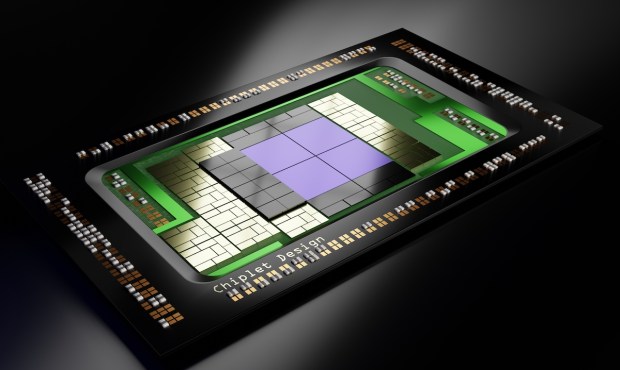
It’s said the whole is other than the sum of its parts, but often, it is the parts that are more interesting — and more malleable.
Human history has been defined by using the parts to build a new, frequently better, whole.
Now, that momentum is being brought to the computer chip industry with small, modular integrated circuits called “chiplets” that are helping chipmakers move beyond the existing limitations and shrinking unit economics of traditional computer chips.
Chiplet-based designs could revolutionize and transform both enterprise software and payments themselves.
Traditionally, compute performance has been improved by making transistors smaller and fitting more of them onto chips. The ability to do this doubles around every two years in a phenomenon known as Moore’s Law. But Moore’s Law has progressed to the point where it is becoming expensive to continue shrinking transistors, given how far we’ve already come, much less to create and perform the complex layering and stacking necessary to then fit the transistors onto a computer chip.
In today’s era, most transistors in commercial chips are around 20 nanometers. When using silicon, the preferred material of nearly all chipmakers, it is not possible to shrink transistors below 5 nanometers — which is why chiplets could be so important.
Particularly within payments, chiplet technology offers a modular and flexible approach to designing digitally-driven transaction systems, enabling improved performance, security, cost efficiency and scalability. As the technology continues to advance, it could play a role in shaping the future of electronic payments.
See also: The Impact Quantum-Powered AI Could Have on Payments
Already, Apple is using chiplet technology across its high-end computer line, and chipmakers from Intel to AMD are beginning to commercialize the computing component.
The key to the power of chiplets is their modularity and ability to be designed for specific functions. When disparate chiplets are linked together, they can create systems. Because they are so small, they are less likely to contain defects than a single chip crammed with as many transistors as possible, which makes the manufacturing process less expensive.
The adoption of chiplets has been held back by a lack of technical standards for packaging, but that is changing as the industry comes to adopt an open-source standard known as Universal Chiplet Interconnect Express, which should make it easier to combine chiplets made by different companies in mix-and-match architectures that work together like a brain.
Chiplet technology means that each component, such as processing units, memory and security features, can be optimized for its specific function, providing the flexibility to address the unique needs of, say, different payment ecosystems — and could lead to faster and more efficient processing of electronic payment transactions.
Read also: 12 Payments Experts Share How AI Changed Everything in 2023
With chiplets, designers can create modular and customizable payment processing units. This modularity allows for easier upgrades or replacements of specific components without the need to redesign the entire system. This flexibility can accelerate the adoption of new technologies and standards in electronic payments, as well as allow successful chiplet designs to be scaled to meet the evolving demands of electronic payment systems.
Chiplets also could provide value adds across the security and energy efficiency of payment systems. The inherent segregation of chiplet systems enhances overall security by protecting sensitive data from potential breaches, while the ability to optimize individual chiplets for specific tasks can achieve better energy efficiency, something crucial for mobile and battery-powered payment devices.
Across the B2B payment ecosystem, chiplet technology can be used to create specialized components for handling complex financial calculations, risk assessments and compliance checks, as well as allow for modular and customizable designs, enabling the creation of payment solutions tailored to the unique requirements of different industries and enterprises.
Chiplets can also facilitate seamless integration with existing enterprise systems, such as enterprise resource planning and supply chain management software. This integration can enhance the efficiency of B2B payment processes by automating tasks and improving data accuracy.
Within a consumer payments setting, chiplets can be optimized for tasks like contactless payments, biometric authentication and near-instant transaction approval, enhancing the overall user experience.
Chiplets can also be integrated into connected devices popular with consumers, including wearables, smart home devices or connected cars, providing users with diverse payment options.